Speak to a specialist
Enquire now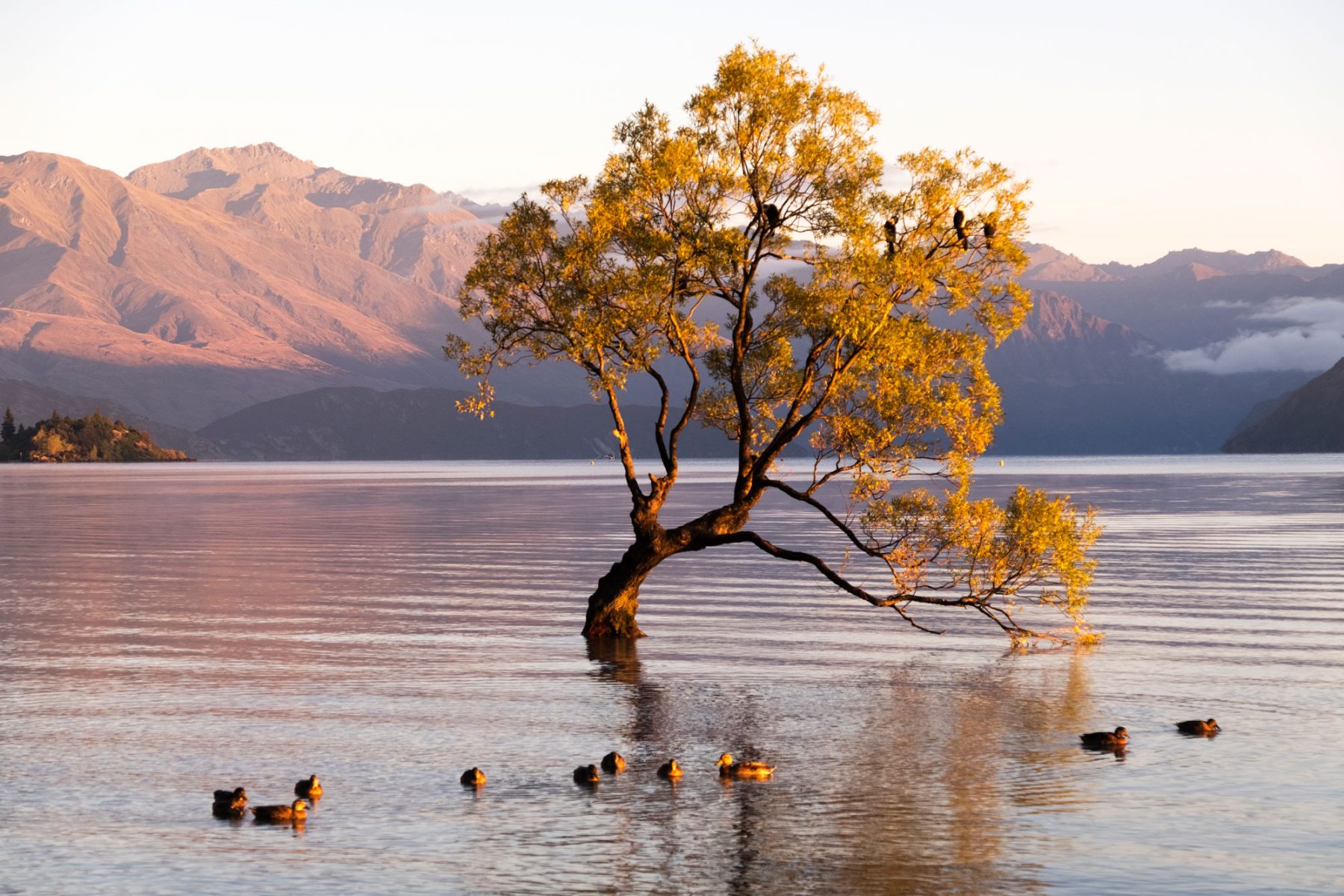
Best Time to Visit New Zealand
New Zealand is a perfect country to travel around at any time of year. Part of its perennial appeal is the freedom to choose exactly where and when you travel. Each season does of course offer its own particular appeal – the long, warm days of high summer to the glorious autumnal colours, the sense of renewal during spring to the soft light and snow-dusted landscapes of winter. Read on for our top tips on when to visit New Zealand.
When to visit New Zealand... at a glance
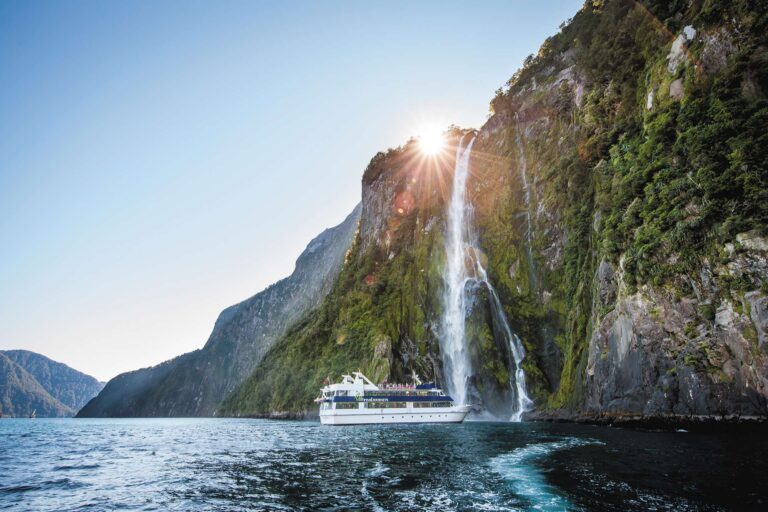
Spring (Sep - Nov)
- The arrival of longer days and warmer weather
- Waterfalls at their most spectacular in Fiordland
- Walking trails less busy than during summer
- Great time to visit vineyards with wine & food festivals
- Lambing season on the Canterbury Plains
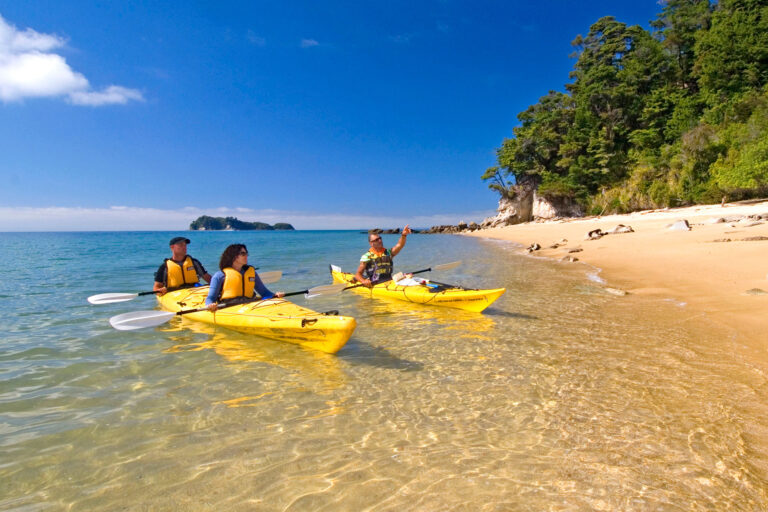
Summer (Dec-Feb)
- Perfect for exploring coastal locations like Abel Tasman NP
- Warmest time of year and great for water activities
- Huge range of activities available, from hiking to kayaking
- Great for birding and whale watching
- Native pohutukawa trees in blossom (Dec)
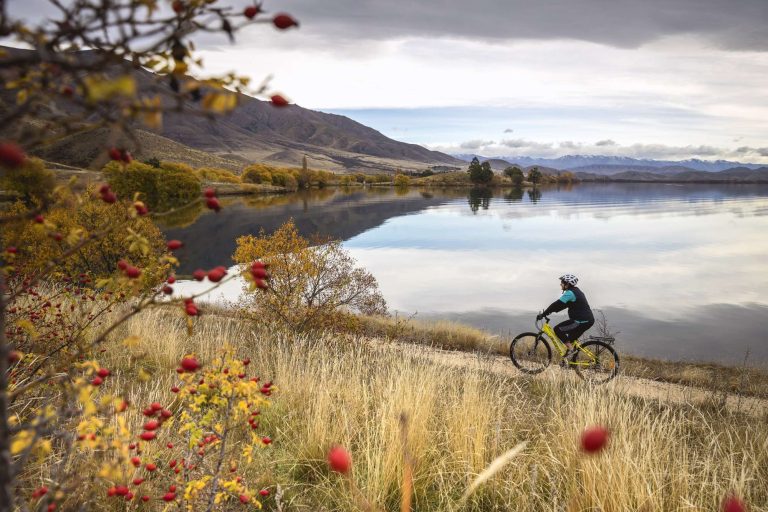
Autumn (Mar-May)
- Gorgeous autumn colours
- Cooler, quieter and less crowded than summer
- Ideal time for outdoor activities like hiking
- Still warm enough to swim in March and April
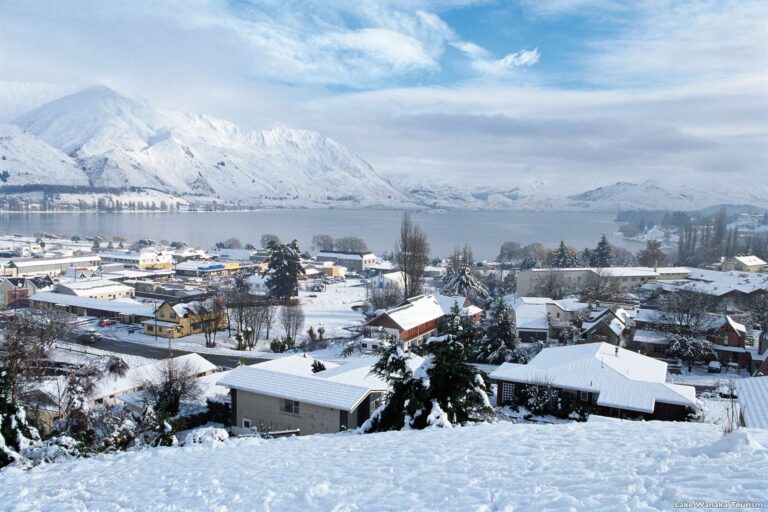
Winter (Jun-Aug)
- Winter snow blankets mountain areas on South Island
- Quiet time for exploring Northland where its still mild
- Geothermal hot pool surrounded by snow at Hanmer Springs
- Winter sports in Queenstown and Wanaka
New Zealand in the Spring
As we in the northern hemisphere wave goodbye to summer, our Kiwi counterparts are looking forward to welcoming spring. With long days of sunshine and each day getting warmer than the last, spring is a glorious time of year to visit the Land of the Long White Cloud. Average daytime temperatures between September and November range from 19 degrees in the North Island to a slightly milder 16 degrees in the South Island.
Nature and wildlife enthusiasts will adore this time of year when New Zealand bursts with new life. Explore the verdant valleys surrounding the garden city of Christchurch and watch baby lambs frolicking and playing in Canterbury’s fertile fields. Or head south to Oamaru and witness hundreds of little blue penguins – the world’s smallest, gathering in large numbers in the late afternoon. Spring is without doubt the best time to enjoy a cruise on Milford or Doubtful Sound. The onset of the earlier winter rains mean the towering waterfalls of the fiords are at their most dramatic enhancing your experience of awe-inspiring Fiordland to magnificent effect.
Outdoor enthusiasts will revel in taking to New Zealand’s many hiking trails during spring. Cooler temperatures and emptier tracks offer the perfect environment to experience tramping along one of New Zealand’s Great Walks.
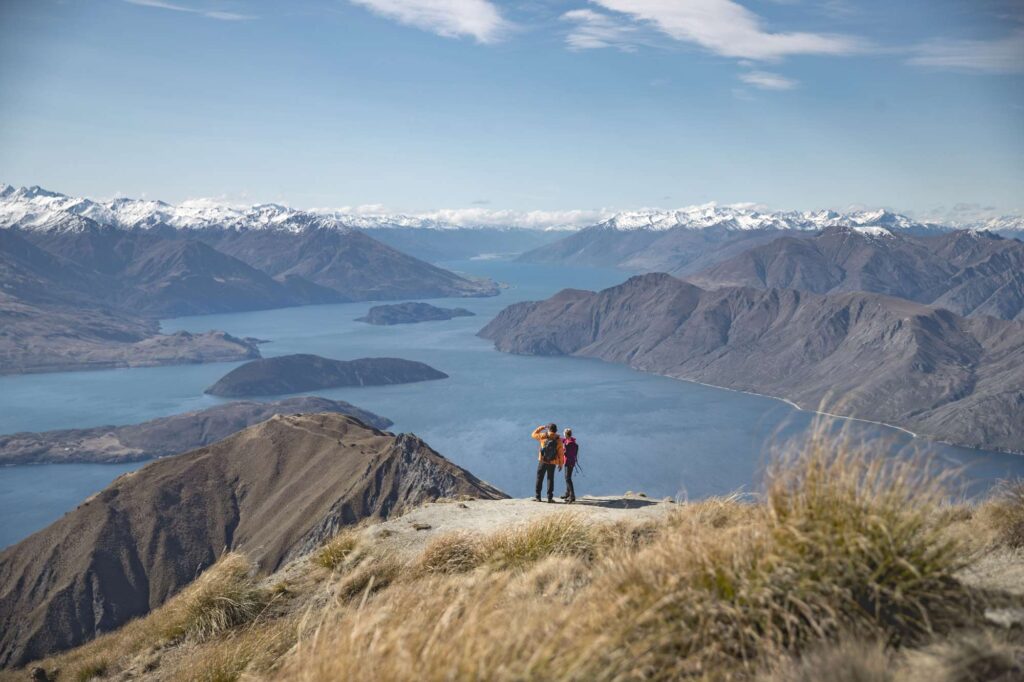
New Zealand in the Summer
Escape the dark cold days of the Northern Hemisphere and visit Aotearoa during its summer months to indulge in the ultimate winter respite. Summer in New Zealand runs from December through till February and offers visitors balmy sunny days with temperatures ranging from 21 to 25 degrees Celsius.
Like the UK, New Zealand is an island nation and in the summer months that means one thing – the sea. Do as the locals do and take to the glorious beaches of Abel Tasman National Park at the top of the South Island, New Zealand’s sunniest region. Summer is the best time to visit the sensationally beautiful Bay of Islands.
The Coromandel region of New Zealand’s North Island is best enjoyed in the summer months when the days are long and the temperatures warmer. An ideal summers morning in the Coromandel is spent exploring the many quaint artistic settlements before indulging in freshly caught seafood and New Zealand wine for lunch. In the afternoon take to the coastal walking tracks visiting Cathedral Cove or Hot Water Beach – two of the Coromandel’s most prominent natural wonders.
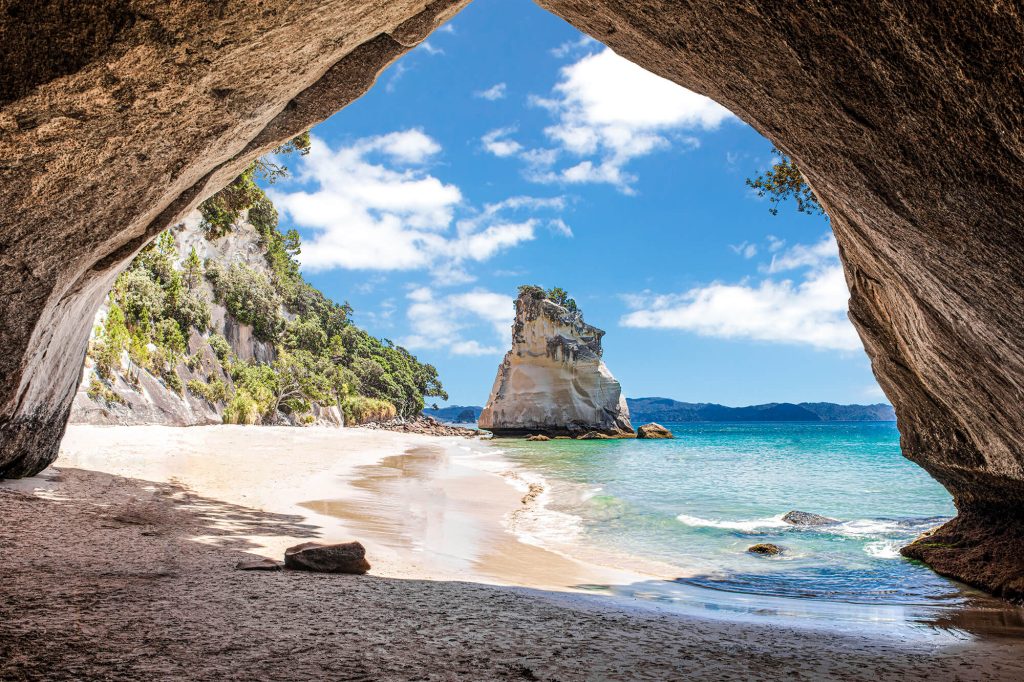
Autumn in New Zealand
Escape the hustle and bustle of the popular summer months and visit New Zealand in the cooler and quieter autumn season. Visit between March and May and witness the country glimmer in the ochre hues of autumn – a majestic time of year to visit when daily highs still range from between 17° to 21°.
Autumn in New Zealand is all about the colours, so to really appreciate New Zealand’s autumnal shades of gold visitors must get out into the open air. Keen hikers will revel in undertaking some of the country’s best day walks – such as the Tongariro Crossing when the high temperatures and crowds have subsided. Or if you would rather make use of two wheels then the mountain biking tracks around Rotorua offer autumn visitors the perfect excuse to immerse themselves in the seasonal changes.
Visiting New Zealand in autumn is a photographers dream, with the landscape of Central Otago simply sensational at this time of year – Arrowtown in the South Island being a particular favourite spot of Discover the World. Why not travel the width of the South Island on the TranzAlpine train and photograph the ever changing landscapes as the seasons shift.
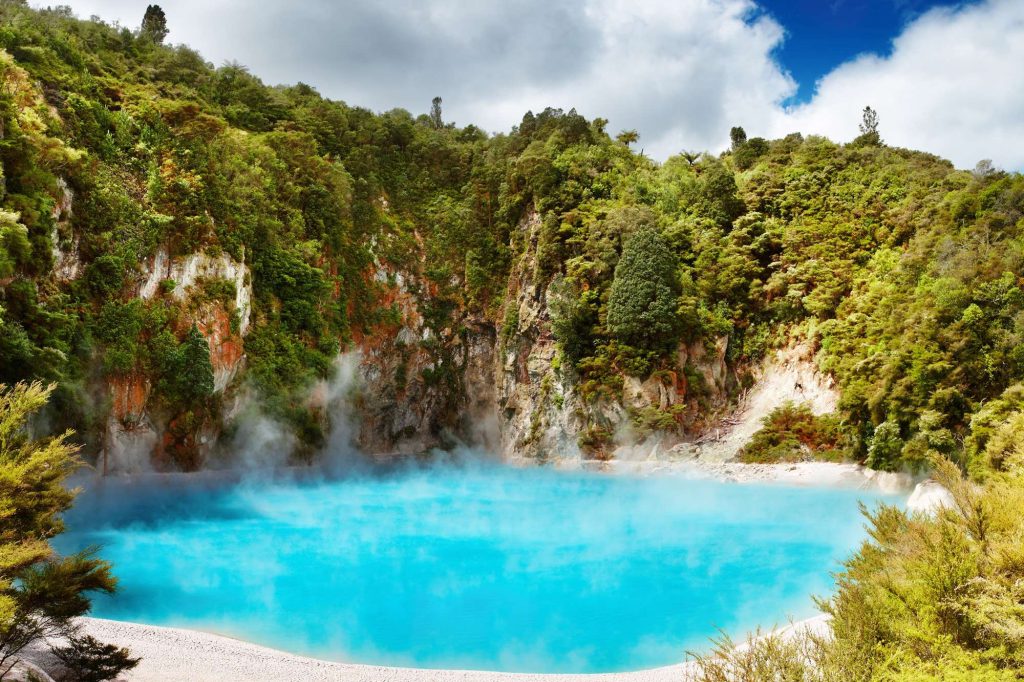
Head of Customer Experience, Dawn, shares her top tips for visiting in autumn.
“To make the most of the autumn colours in New Zealand you need to be there in April – the leaves would have disappeared by May. The weather is more stable in March/April so this is another reason to travel at this time. I have been to New Zealand twice in April – North and South Island and I had the same experience each time – fabulous weather, the roads are quieter and the crowds are far fewer. So you get the chance to fully appreciate Aotearoa in all her vibrant glory, without the hustle and bustle you would normally experience in the summer months.”
Winter in New Zealand
The North Island has a temperate climate, especially in the far north so days are milder than you might imagine. The South Island is slightly cooler at this time of year. Despite the need to pack jumpers and swap sandals for boots, visiting at this time of year will reward you with endless awe-inspiring vistas, reduced visitor numbers and simply spectacular scenery speckled with snow.
New Zealand was designed for wintertime. Despite average temperatures similar to that of a UK winter, the country thrives at this time of year with towering peaks covered in the crisp snow – a snow sport lover’s paradise – cosy wooden lodges and geothermal hot springs.
Despite its sincere beauty at this time of year, New Zealand in winter is not all about the snow. Visit Kaikoura in the South Island and between June and July look out for migratory humpback whales as they head for warmer waters further north. Or enjoy an adrenalin-fuelled heli-hike on Franz Josef Glacier when the crowds have departed and when the ice formations are at their most inspiring. Alternatively visit Waiheke – an offshore Auckland island where cosy lodges offer roaring fires and sensational views across the Hauraki Gulf to Auckland and a place where indulging in cheese and locally-made wine is not frowned upon but rather actively encouraged.
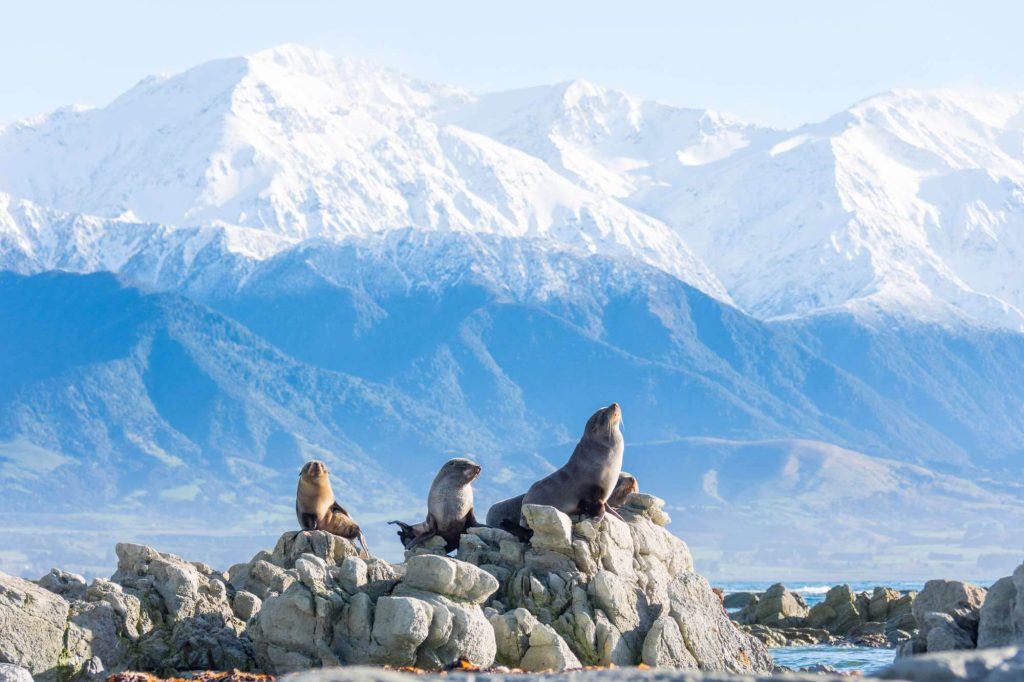
New Zealand Weather
Average daytime temperatures range from 21C in the south to 25C in the north during summer and you can enjoy ‘subtropical’ weather in North Island. Expect a range of 16-21C during spring and autumn, with winter temperatures dipping to 10-16C. South Island, particularly, in the mountains can get very cold during winter, while North Island remains mild and is virtually ‘winterless’. The nights start to get chilly around mid-April (autumn) and early spring days can often be crisp and sunny.
Most rain occurs during winter and this can turn to heavy snow in the Southern Alps where you’ll find world-class skiing and winter sports. Spring showers combined with snowmelt can supercharge the waterfalls in South Island’s Fiordland and mountain regions. Expect a mix of weather at any time of year, although summer usually has plenty of sunshine, little rain and is rarely humid.
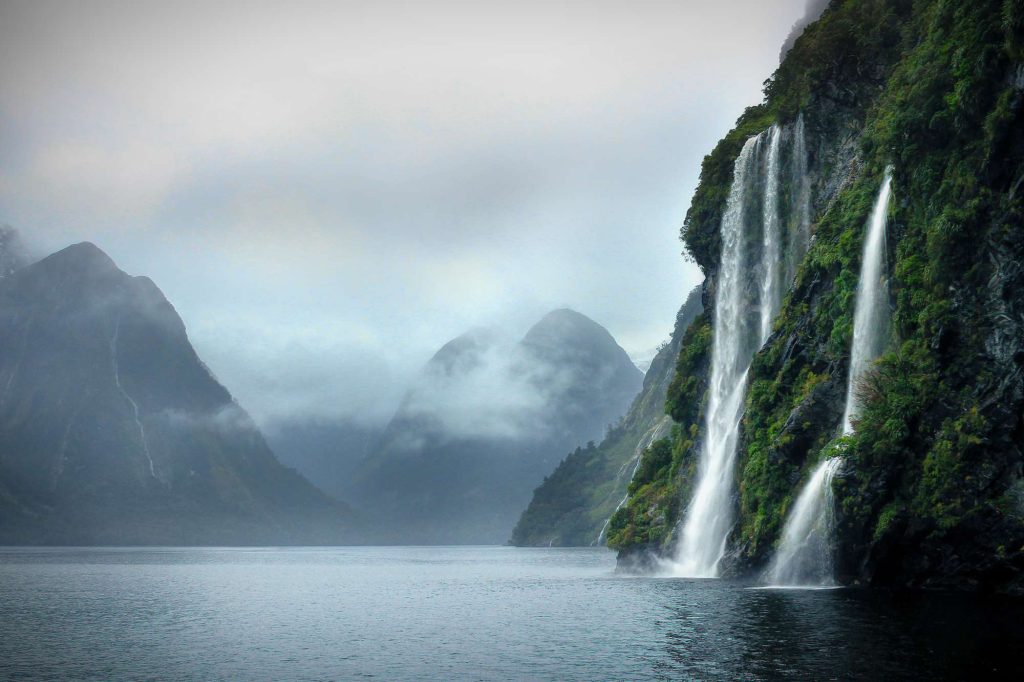
Important dates in New Zealand
- December – March: Best time to see albatrosses on Otago Peninsula
- February: Art Deco Weekend, Napier
- March: Hokitika Wildfoods Festival
- June – August: Humpback whales migrate north, joining resident sperm whales at Kaikoura
- June & November: Food and Wine Classic, Hawke’s Bay
- July: Chocolate Carnival, Dunedin
- August: Wellington on a Plate
- September: Hobbit Day
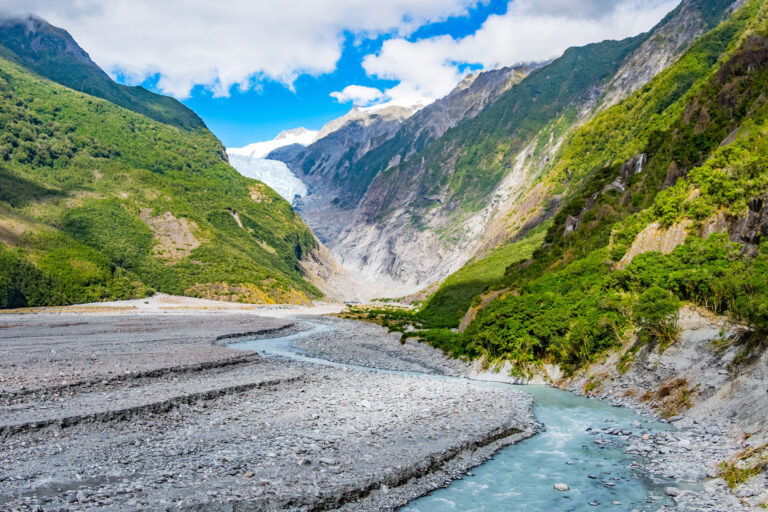
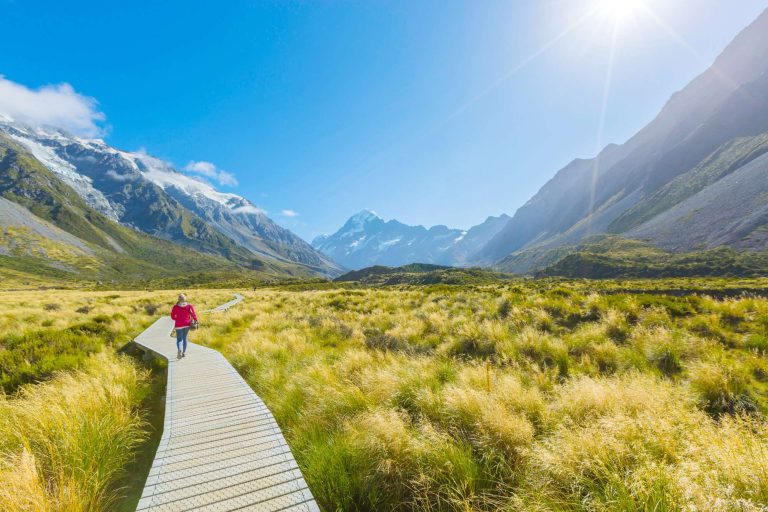
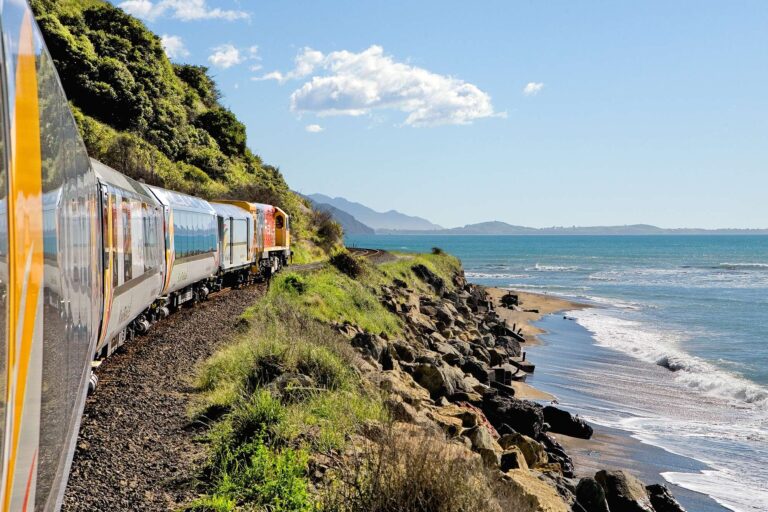
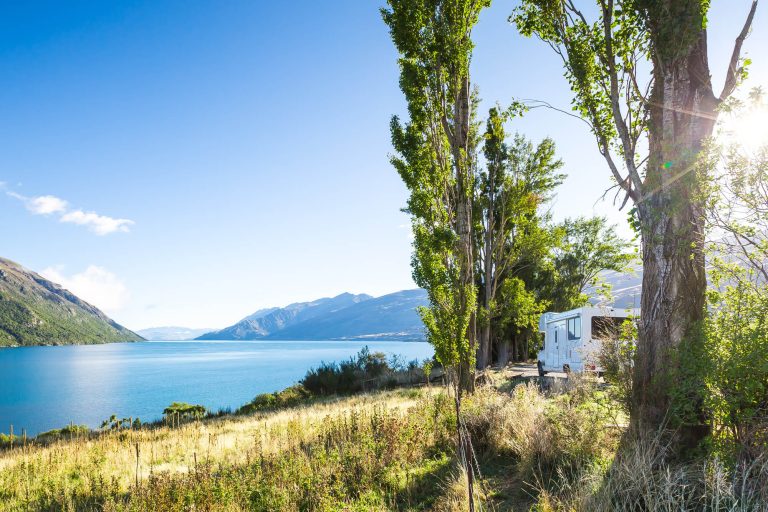



 Instagram
Instagram
 Facebook
Facebook
 YouTube
YouTube